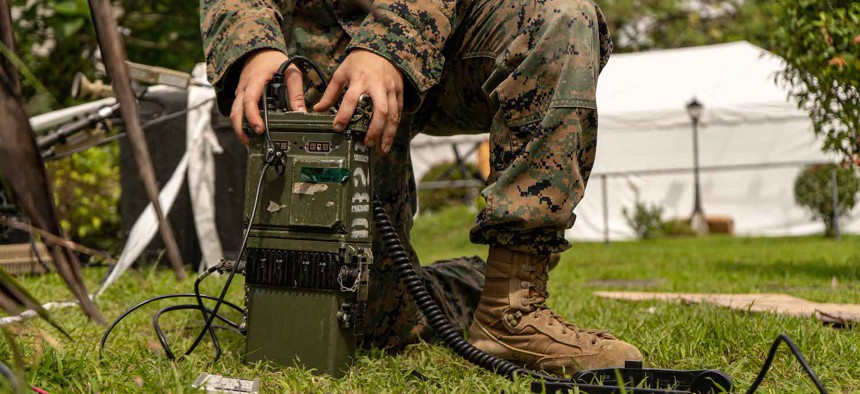Sophie Shulman
Is China's deep presence within the Israeli economy beginning to pose a danger? Calcalist received a letter sent to the chairman of the Knesset's Foreign Affairs and Defense Committee, Yuli Edelstein, in which there is a demand to hold an urgent discussion regarding China's holdings in infrastructure projects in Israel. The main reference is to the dock at Haifa Port which is managed and operated by a Chinese company, but other holdings are also mentioned.
"Despite warnings from the security establishment, in the last decade, the Chinese government has invested extensively in strategic assets in Israel," Dr. Harel Menashri writes in the letter. Menashri is one of the founders of the cyber unit at the Shin Bet and is currently the head of the Cyber Faculty and a senior lecturer at HIT, Holon Institute of Technology. According to him, his concerns began even before October 7, but they have increased since then and in his opinion are not receiving enough attention, even though China is radicalizing its positions towards Israel.
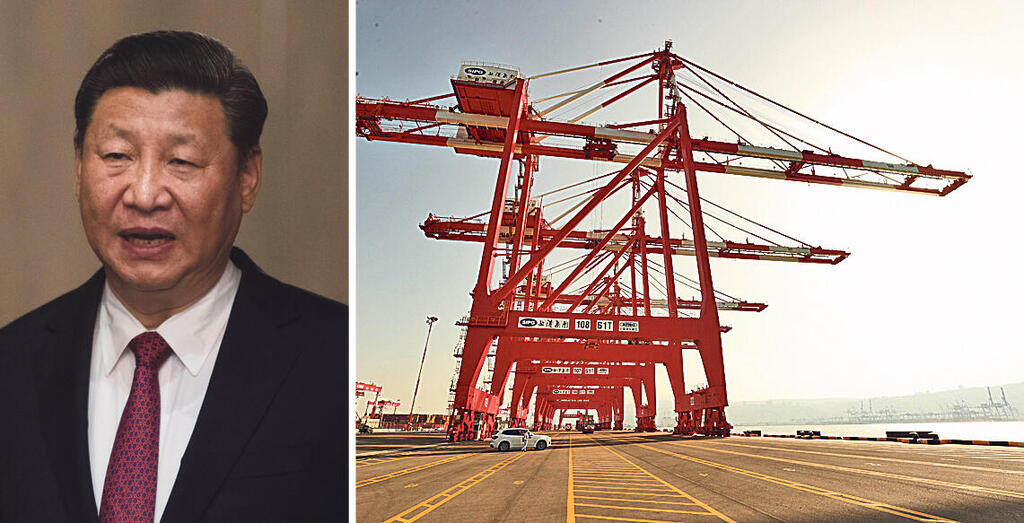
Chinese president Xi Jinping, port in Haifa owned by Chinese company SIPG
"The disaster we experienced on October 7 taught us to heed the warnings of the security establishment and I would like to warn of a similar situation. When it decides the time is right, China may be able to stop the operations of critical infrastructures in Israel."
Menashri also adds that components made in China that are integrated into the police's "Hawk Eye" system have been blacklisted in the U.S. "In the reality that has arisen, Israel must hedge the risks and make orderly and systematic decisions - what can be done with China and what can not. China is an important country, but there are products from China that should not be used by Israel," adds Menashri.
Menashri’s words reinforce American opposition in the past to China's entry into a port in Israel, which also included a statement that the Sixth Fleet would no longer dock at the port.

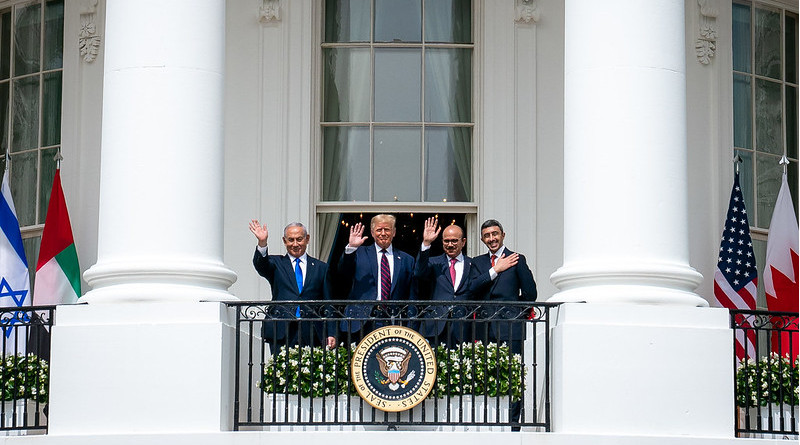




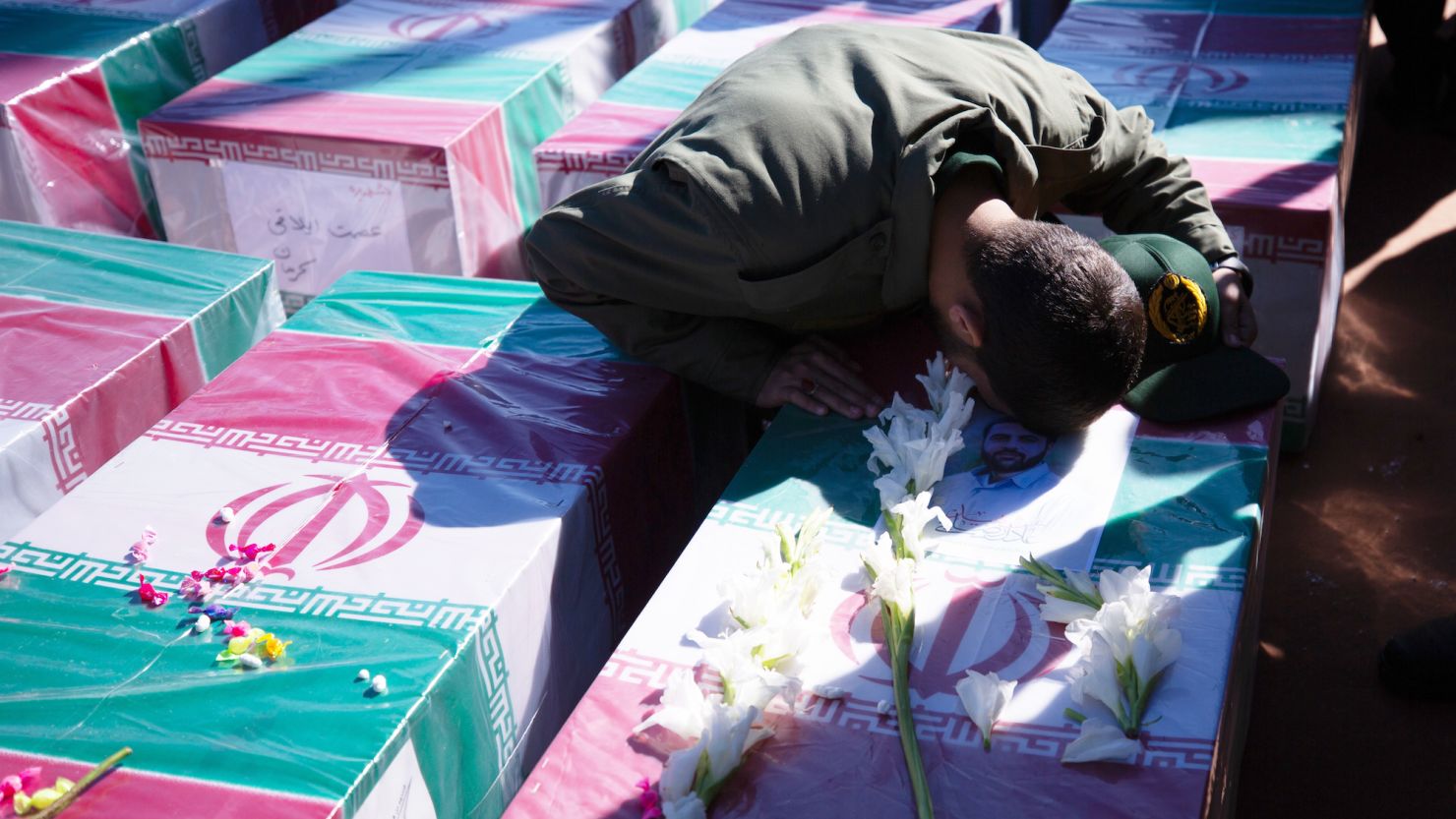


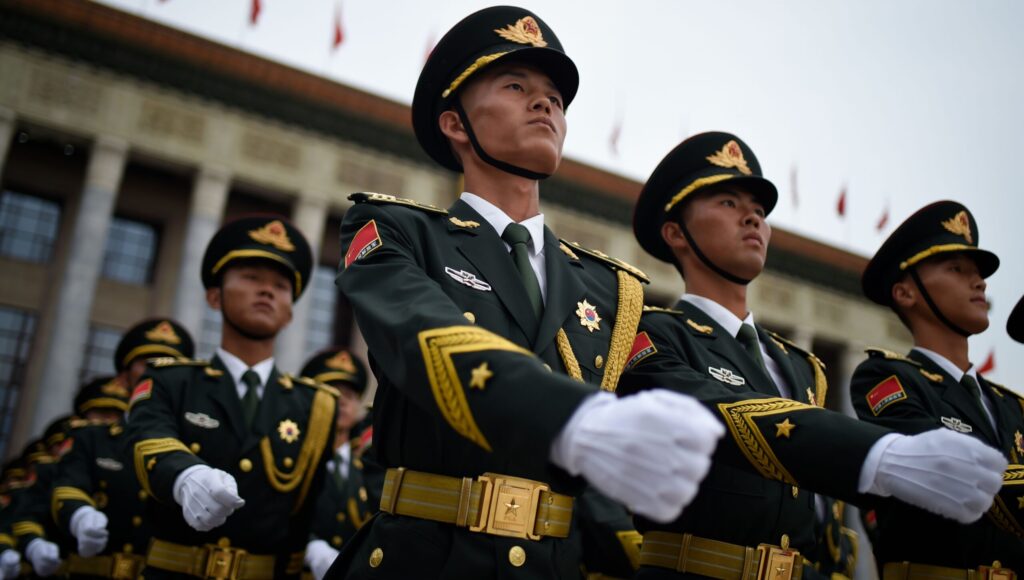






:quality(70)/cloudfront-us-east-1.images.arcpublishing.com/archetype/QPVEISVJEJGSFBFCV2FQR3XZAQ.jpeg)


